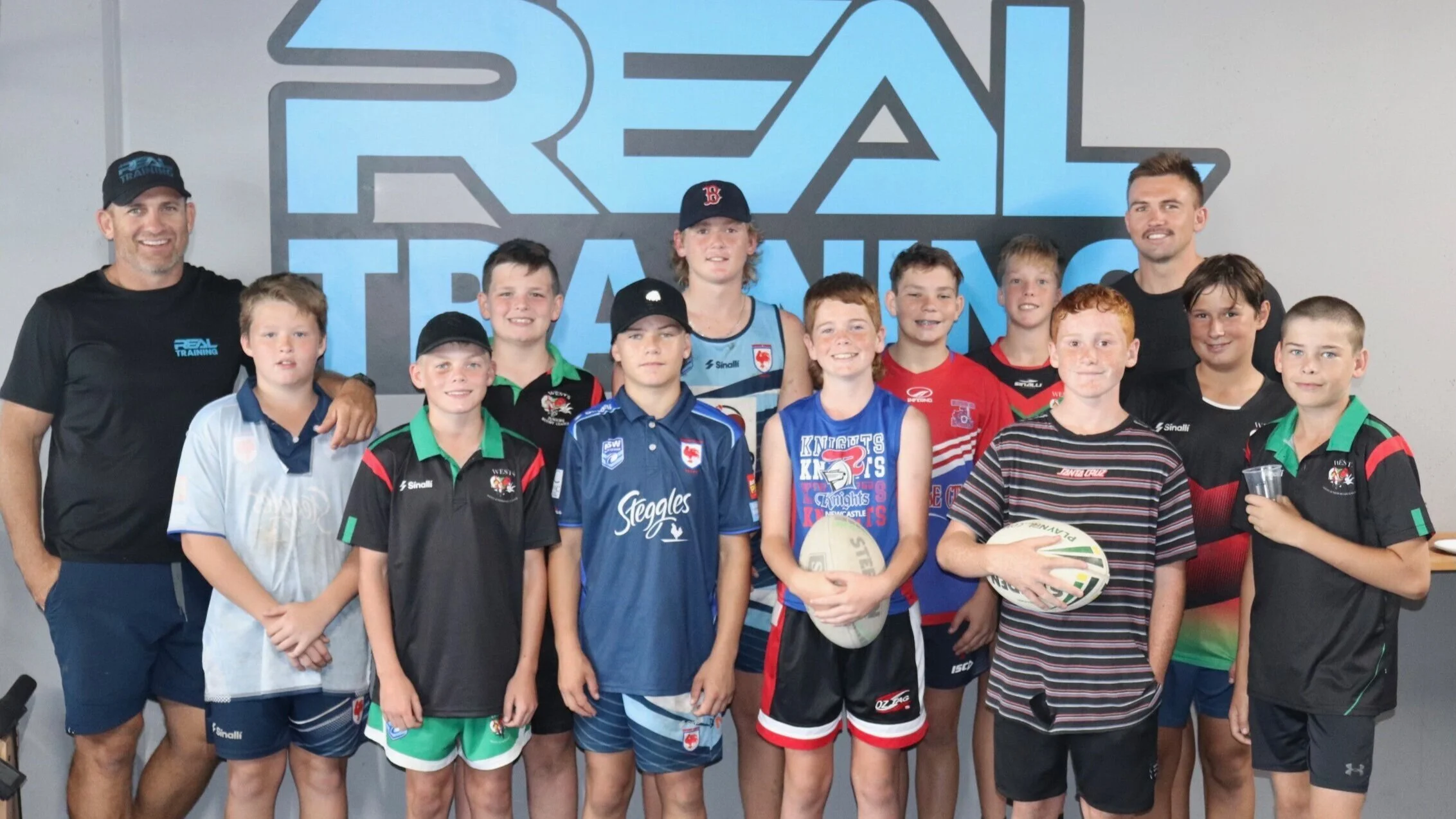
Train Like an Athlete
TAUGHT BY Daniel Abraham & Jye Callaghan
MONDAY 6:30AM - 4:15PM & 5PM
TUESDAY 6:30AM - 4:15PM & 5PM
WEDNESDAY 6:30AM - 4:15PM
THURSDAY 6:30AM - 4:15PM & 5PM
FRIDAY 6:30AM - 4:15PM
Do you want to:
Increase your strength and power?
Improve your speed and agility?
Minimise your risk of injury?
The development of athleticism is an underappreciated and frequently overlooked aspect of junior sport coaching. Often, if a drill or task is not perceived to have an immediate impact on a player’s performance, then it is considered a waste of time. Furthermore, when sports coaches have limited face-to-face time with their players, they tend to predominantly spend the available time on tactical drills. When drills to improve skill, speed or agility are incorporated into training sessions, they are often implemented poorly. As a result, young athletes are unfortunately not given the opportunity to fulfill their sporting potential. However, with the correct guidance, athleticism can be significantly improved, which has a direct influence on sporting performance.
Without question, improving athleticism starts in the gym. Possessing greater lower body strength and power typically leads to improved speed and agility. Athletic development for all junior athletes should begin with building competency in fundamental movement patterns, such as squatting, hip-hinging and lunging, which is able to improve acceleration, deacceleration and direction change capability.
In addition, undertaking a well-structured and supervised resistance training program has numerous health and performance-related benefits for almost all aspiring athletes, which include:
· Enhanced neuromuscular control
· Improved joint stability
· Improved bone density
· Reduced risk of injury
· Increased rate of recovery from injury and/or competition
· Improved confidence



